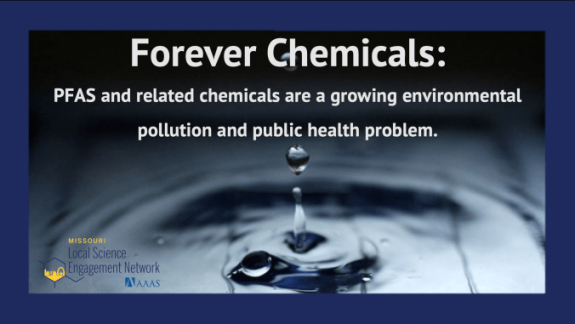Hydroponic native plants to detox PFAS-contaminated water

University of South Australia Media Release
They’re the non-stick on Teflon cookware, the stain resistance in Scotchgard, and the suppression factor in firefighting foam, but while the staying power of PFAS chemicals was once revered, it’s now infamous as PFAS substances continue to infiltrate the environment and affect human health.
Now, new research from the University of South Australia is helping to remediate the ‘indestructible’ PFASs as scientists show that Australian native plants can significantly remediate PFAS pollutants through floating wetlands to create healthier environments for all.
Conducted in partnership with CSIRO and the University of Western Australia, the research found that PFAS chemicals (per- and poly-fluoroalkyl substances) can be removed from contaminated water via Australian native rushes – Phragmites australis, Baumea articulata, and Juncus kraussii.
Phragmites australis, otherwise known as the common reed, removed legacy PFAS contaminants by 42-53 per cent from contaminated surface water (level: 10 µg/L).
According to the US Environmental Protection Agency, exposure to PFAS may lead to a range of health issues including a decline in fertility, developmental delays in children, increased risk of some cancers, a reduced immune system, higher cholesterol, and risk of obesity.
UniSA and CSIRO researcher Dr John Awad says that this research could alleviate many of these environmental and health risks by providing a clean, green, and cost-effective method to remove PFAS from the environment.
“PFASs are often referred to as ‘forever chemicals’ because they don’t break down, instead accumulating in the environment and in our bodies where they can cause adverse health effects,” Dr Awad says.
“In Australia, PFAS concerns often relate to the use of firefighting foam – especially legacy firefighting foam – which accumulates in the surface water of our waterways.
“Our research tested the effectiveness of Australian rushes to remove PFAS chemicals from stormwater, finding that Phragmites australis was the most effective at absorbing chemicals through its roots and shoots.”
The study used constructed floating wetlands as a mechanism for plants to grow hydroponically. Dr Awad says floating wetlands present a novel and flexible way for natural remediation systems.
“Constructed floating wetlands can be readily installed into existing urban environments, such as holding reservoirs and retention basins, making them highly manoeuvrable and adaptable to local waterways,” Dr Awad says.
“Plus, as this innovative water treatment system does not require pumping or the ongoing addition of chemicals, it is a cost-effective remediation system for PFAS removal.
“Add native plants to the mix and we have delivered a truly clean, green and environmentally-friendly method for removing toxic PFAS chemicals from contaminated water.”
Like what we do at The AIMN?
You’ll like it even more knowing that your donation will help us to keep up the good fight.
Chuck in a few bucks and see just how far it goes!
Your contribution to help with the running costs of this site will be gratefully accepted.
You can donate through PayPal via the button below, or donate via bank transfer: BSB: 062500; A/c no: 10495969
3 comments
Login here Register here-
TwainandHume
-
New England Cocky
-
wam
Return to home pageYet another reason to preserve more of native woodlands and grasslands rather than building apartments and commercial properties all over them.
This technology is already being used in other contamination sites.
Uni SA is a cracker. Oxygen and clean water are the province of forests and the supporters of life. They can also make a quid! “New York City…By investing some $1.5 billion to protect the forested watershed, the city avoided building a water filtration plant and saved between $6-8 billion dollars.” (Joseph Coppolino) Why are we letting our forests continue to be destroyed?